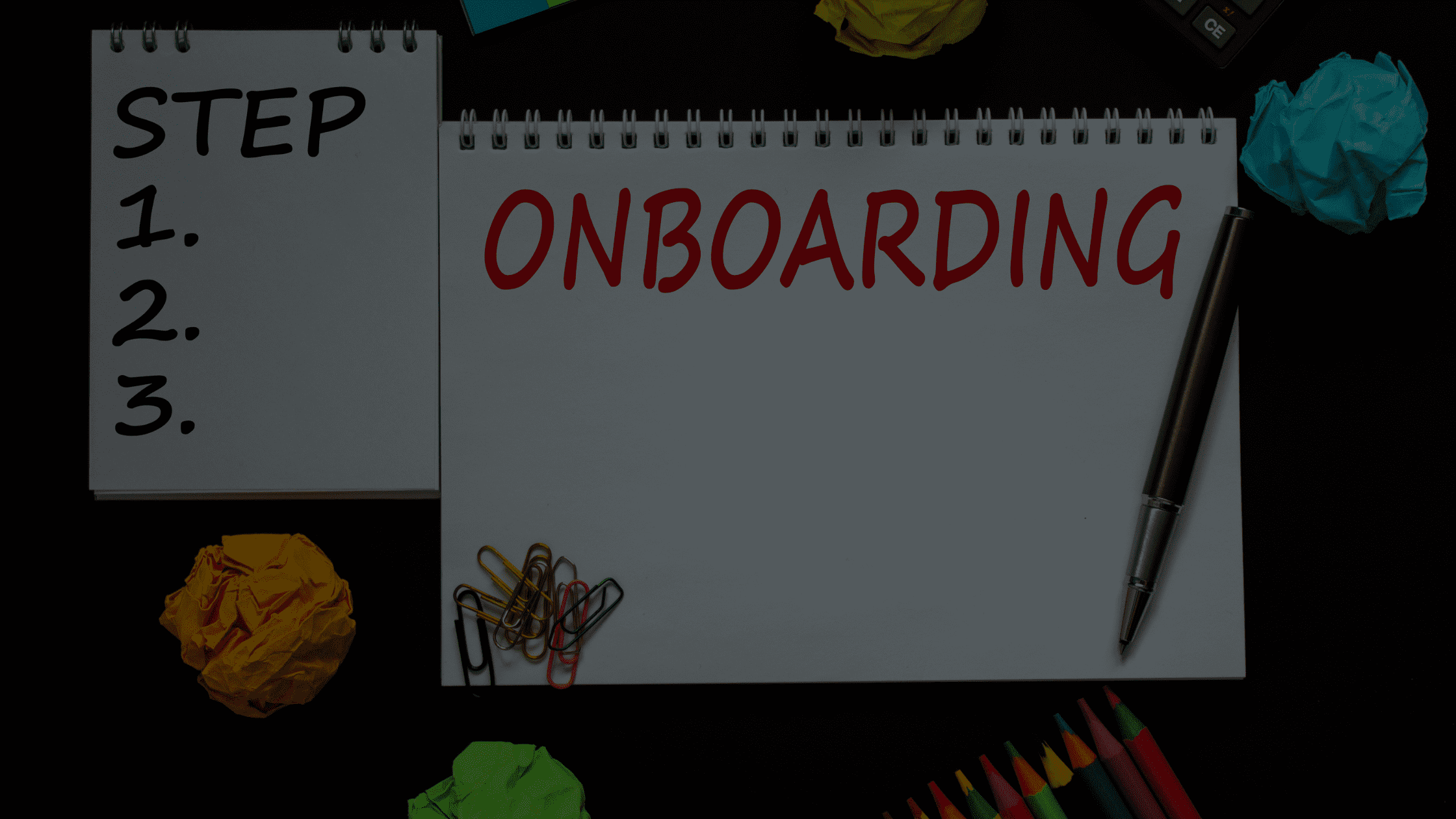I’ve lost count of how many times I’ve heard “Our onboarding process is great!” only to hear horror stories from new hires a few months later.
Onboarding is the process of setting your new hire up for success, integrating them into your company culture, and making them feel like a valued member of the team from day one. It’s not just about paperwork and welcome lunches (though those are important too).
Get it right, and you’ll see increased retention, improved productivity, and a more engaged workforce. Get it wrong, and you risk losing that shiny new hire (and all the potential they bring) before they’ve even warmed up their chair.
Onboarding New Recruits: The Basics, Done Right
First impressions matter. Your onboarding process is a new hire’s first real taste of your company culture. Here’s what you absolutely need to get right:
- Pre-boarding: Don’t wait for their first day to make them feel welcome. Send a welcome email with all the essential information: start date, time, location, dress code, and who they’ll be meeting. Consider sending a small welcome gift – everyone loves a branded water bottle or a fun company t-shirt. Give them access to your company intranet or onboarding platform so they can familiarize themselves with their colleagues and company resources.
- The First Day: Have their workspace set up and ready to go. No one wants to feel like an afterthought. A clear schedule for the day, introductions to the team, and a dedicated buddy system can make a world of difference.
- The First Week: Focus on company culture, team dynamics, and setting clear expectations. Provide all necessary training materials and resources. Regular check-ins are crucial to address any questions or concerns.
- The First 90 Days: This is the make-or-break period. Schedule regular performance reviews, provide ongoing support and feedback, and ensure they have opportunities for growth and development.
Pro Tip: Don’t forget the paperwork! Make sure all necessary HR documents are completed efficiently and securely. There are numerous Onboarding Software solutions out there that automate and streamline the administrative and logistical aspects of onboarding, such as, sending welcome emails, collecting paperwork, assigning tasks, and scheduling meetings. It can also make it fun and engaging by providing interactive features such as videos, quizzes, feedback forms and games.
Developer Onboarding: A Different Beast Altogether
Onboarding developers presents its own unique challenges. You’re not just integrating them into a team; you’re introducing them to a complex ecosystem of code, tools, and processes.
Here’s what you need to consider:
- Technical Setup: Ensure they have all the necessary hardware, software, and access credentials from day one. A streamlined setup process minimizes frustration and downtime. Allow them to request their preferred desk/computer/equipment setup during the pre-boarding phase.
- Codebase Introduction: Provide clear documentation, coding standards, and best practices. Pair programming or code reviews with senior developers can accelerate the learning curve.
- Workflow Integration: Familiarize them with your version control system, testing procedures, and deployment processes. Clearly defined workflows prevent confusion and errors.
- Tooling and Resources: Introduce them to the tools your team uses daily, from communication platforms to project management software. Provide access to relevant documentation and training materials.
Pro Tip: Consider creating a dedicated developer onboarding checklist to ensure consistency and avoid overlooking crucial steps.
The Benefits of Effective Onboarding: Why It Matters
Investing in a robust onboarding process isn’t just about ticking boxes; it’s about reaping tangible benefits:
- Increased Retention: Employees who experience a positive onboarding process are more likely to stay with the company long-term. Research shows that employees are 58% more likely to still be at a company in three years if they were welcomed with a structured onboarding process.
- Improved Productivity: New hires who are well-integrated and supported become productive members of the team much faster.
- Enhanced Engagement: A well-structured onboarding program fosters a sense of belonging and engagement from the outset. Companies with structured onboarding report higher levels of employee engagement.
- Stronger Company Culture: Onboarding is an opportunity to reinforce your company values and create a positive and welcoming environment.
Beyond the Basics: Tools and Resources
There are countless tools and resources available to help you create a stellar onboarding experience. Here are a few of my favorites:
Project Management Tools: Asana, Trello, Jira
Communication Platforms: Slack, Microsoft Teams, Basecamp
HR/Onboarding Software: BambooHR, CharlieHR, Namely
Learning Management Systems: Docebo, TalentLMS, LearnUpon
Remember: The best onboarding programs are tailored to your specific company culture and needs. Don’t be afraid to experiment and iterate until you find what works best for your team. Solicit feedback from new hires regularly to understand what’s working and what can be improved.
Final Thoughts
Onboarding is an ongoing process, not a one-time event. Regularly review and update your program based on feedback from new hires and evolving business needs. By investing in a thoughtful and comprehensive onboarding experience, you’re setting your new hires – and your company – up for long-term success.



